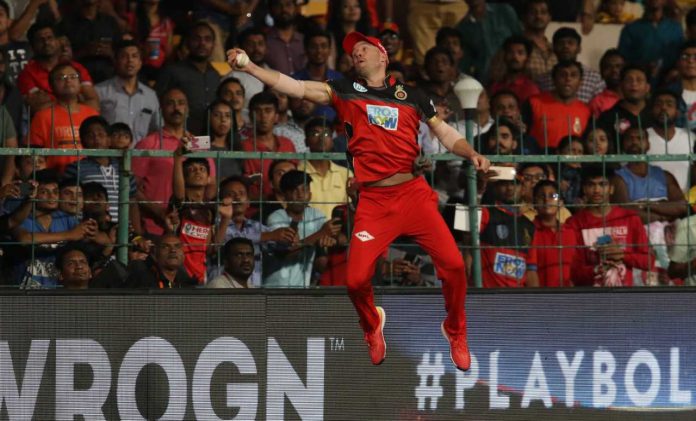You may have missed it, but international cricket is on the cusp of entering one of its most transformative phases since the T20 format was first introduced. Next year marks the start of the ICC World Test Championship, while 2020 will see the commencement of the ICC Cricket World Cup Super League, two critical ICC initiatives aimed at giving context to every Test and ODI clash.
At the board level meanwhile, managing player workloads and finding the delicate balance between the intrinsic primacy of international cricket and the riches of more than a dozen domestic T20 leagues will also become an increasingly challenging task. Cricket will never stop being played; but how it is played will depend greatly on how players, boards and the ICC alike navigate these untested waters.

The last decade in world cricket has seen the proliferation of meaningless bilateral limited overs series, as boards scramble to arrange their schedules in a way which results in the highest possible broadcasting revenue. From the countless ODI contests between India and Sri Lanka, to South Africa’s recent trek to Australia for a three-match ODI series and what became a solitary T10 match, each series has simply dissolved into the next, with results almost immediately forgotten. From a Test perspective too, beyond the marquee series – the Ashes, the Border-Gavaskar Trophy, and perhaps the Pataudi Trophy between India and England – matches have held little meaning.
The ICC World Test Championship will see the world’s top 9 Test nations play six series in a two-year cycle on a home and away basis. In June 2021, the leading two nations will meet at Lords to play the inaugural final to decide the World Test champions. In practice, this might mean that the otherwise meaningless two-Test series between Bangladesh and Australia slated for February 2020 could be critical in determining whether Australia qualifies for a final that it would no doubt love to play.

Meanwhile, the ICC Cricket World Cup Super League will serve primarily as a qualification pathway for the ICC ODI World Cup, with the 2020-2022 edition paving the way for the 2023 World Cup in India. The top seven sides, plus the host nation (India) will automatically qualify for the World Cup; the bottom five must battle it out against a number of Associate nations through the ICC Cricket World Cup Qualifier. The upshot of it all is that the future of ODI cricket – as the sport’s most vulnerable format – may well rest in the success or otherwise of the ICC’s initiative. After all, while the best players in the world regularly recognise the supremacy of Test cricket, ODI cricket is the much maligned middle child.
In the midst of these new initiatives, selectors and administrators will face an uphill battle trying to avoid losing players to the various domestic T20 leagues. Next year, the turnaround between the gruelling IPL and the ICC World Cup in England could be as little as two weeks, raising concerns over player workload management, particularly for fast bowlers. Managing this balance is an easier task for some boards than for others – the top Indian, Australian and English cricketers are already signed up to lucrative national contracts, whereas boards with tighter purse strings such as the West Indies are in an almost helpless positions. Even for boards like Cricket South Africa, it is a mean challenge: take the case of AB de Villiers, a formidable talent who continues to ply his trade in domestic T20 leagues, but would still be playing for South Africa if we were in any other era.
Australia and India, too, are grappling with similar issues. Top Australian bowlers such as Pat Cummins have recently pointed out the inadequacy of their one-year contracts in providing enough security to skip the IPL. In an average career span of 12-15 years for batsmen, and 10 years for bowlers, the mantra for many will be to make hay while the sun shines. In India, captain Virat Kohli recently called for IPL franchises to rest India’s quicks from the IPL, to keep them fresh for the World Cup – but this would rely on the BCCI compensating those players for lost earnings, the mere thought of which is a luxury that other boards do not have.
As an aside, it is difficult to understate how crucial it is for the future of world cricket that Australia rebuilds a competitive team. Cricket benefitted greatly from Australia’s dominance in the 2000s, following the demise of the West Indies, but the sad truth is that a strong Australia is far more important to the game today than a strong West Indies.
Cricket has evolved to survive without the West Indies; but it has done so because Australia has filled that vacuum. That is what makes the current degree of public antipathy towards the Australian cricket set-up – and the immense loss of pride in what was previously the country’s most valuable and revered sporting brand – so dangerous. It’s of vital importance for Australia and the wider cricketing world that the Australian cricket team recaptures the public’s imagination, as the game begins an exciting but uncertain new chapter.




